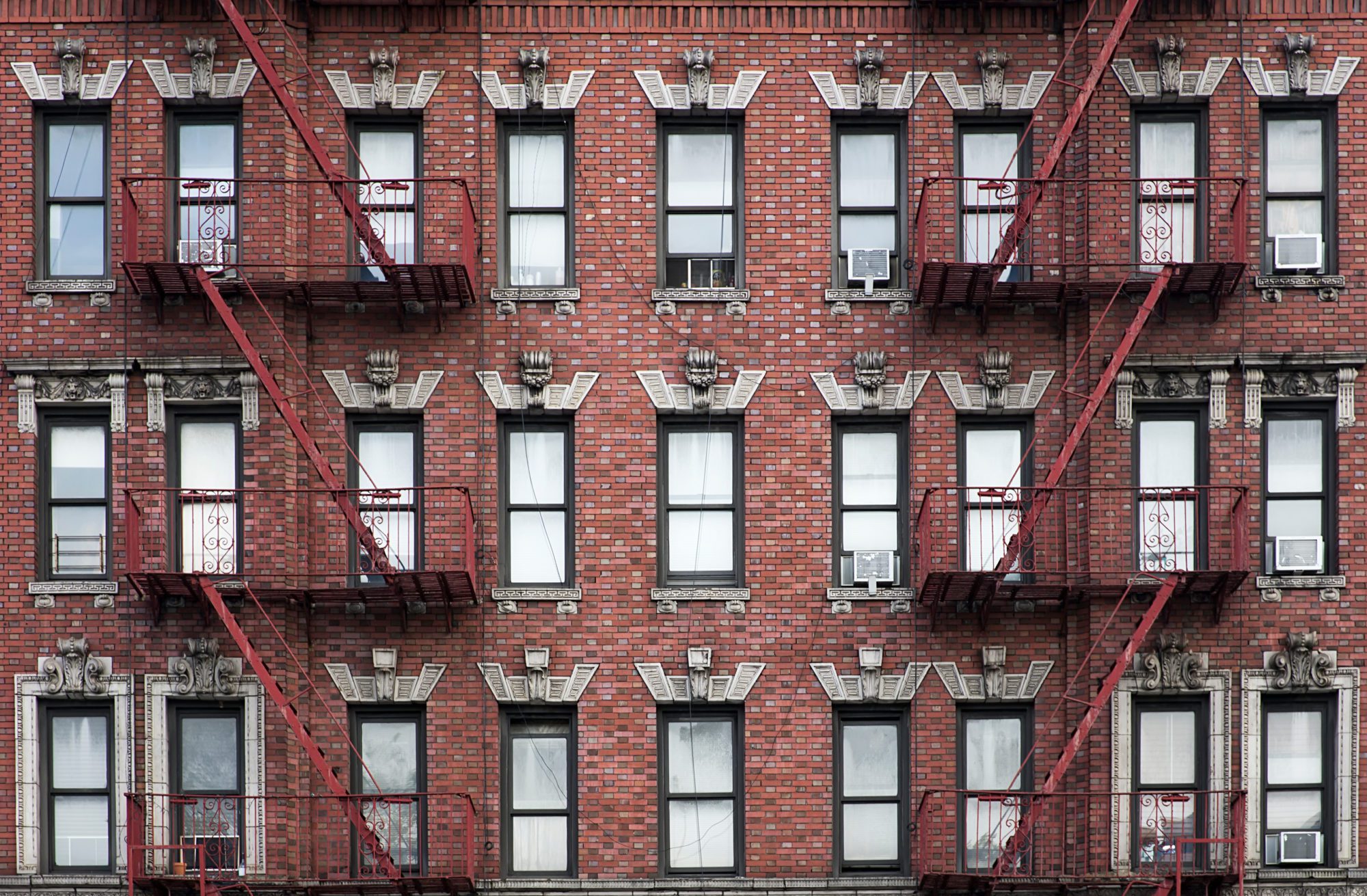
When writing the insurance on a property, the insurance company obtains quite a bit of information during their initial inspection, which is used for a number of reasons including determining the approximate replacement cost of the building. They input a number of these factors into software known as M&SB (Marshall & Swift/Boeckhs), which provides a limit to base coverage on. Some insurance companies automatically increase the Building Limit each year to offset inflation. A lot of insurance companies don’t, so eventually over the course of time, buildings become underinsured as the cost of materials increases each year. Generally, they will look at the replacement cost of the buildings they insure every few years, which can be as simple as hitting a button in the software which provides an updated replacement cost limit. Of late, insurance companies are doing this annually and are realizing that a majority of their buildings are now underinsured because rebuilding costs are increasing at a faster pace than normal.
Recently, Verisk (ISO – Insurance Services Office) issued a report showing that the national average increase in reconstruction costs after a major property loss was up by +16.7% as of 2021 vs. 2020. This steep rise in costs makes it much more likely that, in the event of a large property loss, properties may not be adequately insured. The price of all goods related to residential construction has risen 14.5% in 2021, eight times more than it did in 2020. Lumber costs are way up. The price of softwood lumber alone has jumped about 85% in the past several months. There are many reasons for the price jumps observed in 2021, but the main reason seems to be the lack of available supply to counter the growing demand as pre-pandemic projects come back online. The fact is that the supply chain has been so disrupted for such an extended period of time and that’s on a global basis. These issues are expected to continue throughout 2022 as demand increases and global supply chain issues create backlogs in product availability.
In addition to the cost of materials increasing significantly in 2021, construction costs have increased due to the lack of skilled labor available to complete projects. Quite a lot of labor left many industries during the pandemic and that has been the case with the construction industry. The big challenge of getting skilled labor to carry on the projects that have come back online has put upward pressure on the labor market.
To make matters worse, as of January 2022, the insurance industry unveiled that since 2017, the industry has suffered $370 Billion in covered property losses resulting from hurricanes, wildfires, and catastrophic storms according to the Wall Street Journal. Long story short, these catastrophes plus shortages in building materials and lack of available labor are not only rapidly driving up property claim costs and thus insurance rates, but the need for higher property limits to make sure they are adequately insured in the event of total disaster.
With this in mind, insurance companies are looking at almost every renewal and coming up with one simple fact, properties are underinsured.
To offset some of the increase in premium or just to provide some savings, we suggest increasing the Property Deductible. In this day and age, $5,000 is the lowest deductible an association should have. $10,000 is becoming more the norm as that not only provides premium savings but restricts the insured from submitting smaller claims. Claim frequency and claim severity are the most common reasons insureds see premium increases or coverage is canceled. Once coverage is canceled for loss history, it is quite difficult to get a favorable quote from other carriers, especially if the claim is still open.
As always, please reach out to us with questions anytime.

